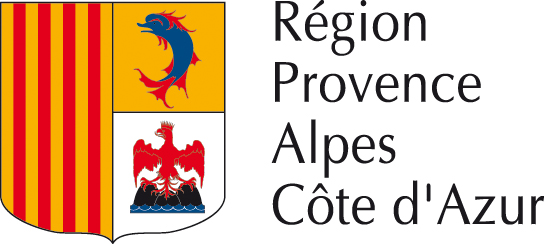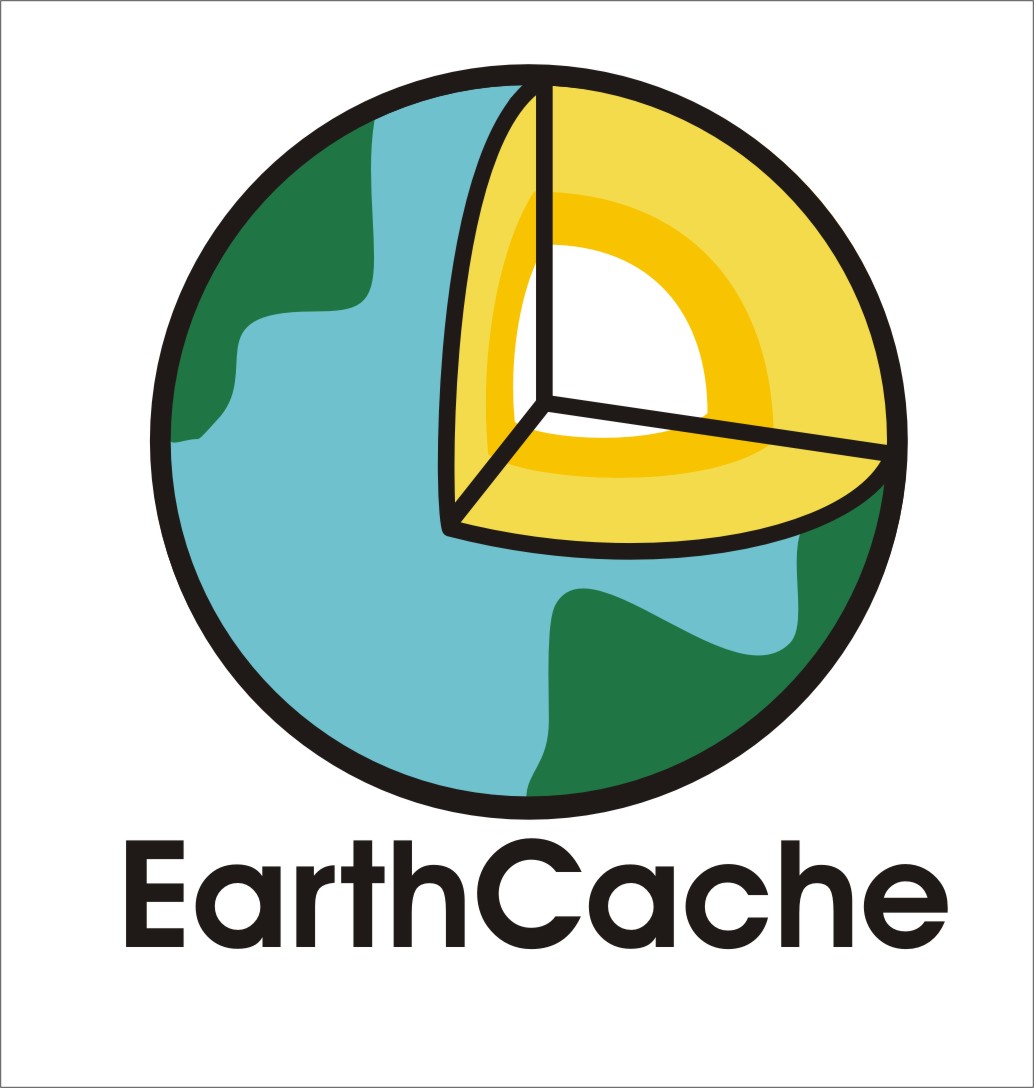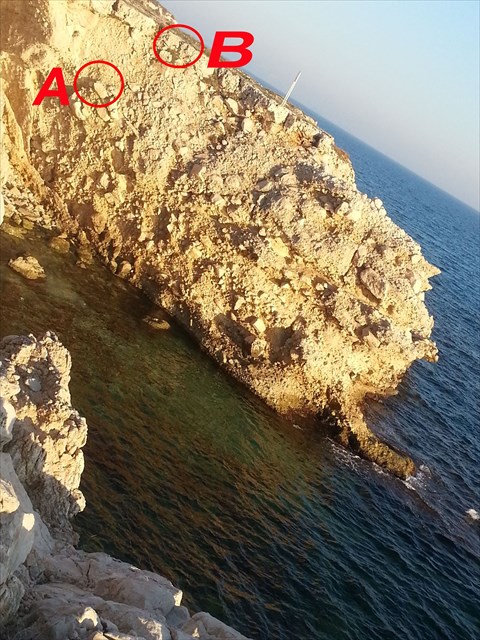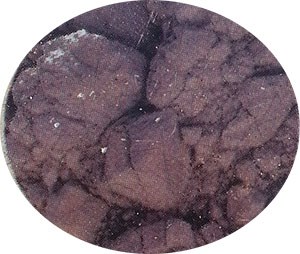
|
La Brèche
|

|

On rencontre sur le littoral de nombreux types de roches sédimentaires : les Brèches en sont un exemple.
Elles sont formées de blocs de calcaires du Jurassique et du Crétacé cimentés naturellement par du Carbonate de Calcium (en A sur la photo)

L'origine des brèches :
Durant la période de l'Oligocène , la chaîne de la Nerthe existe déjà et subit l'érosion , les blocs sont arrachés et plaqués sur ses versants. Les brèches présentant une forte inclinaison vers le Sud.
Les calcaires marins du Miocène :
La mer Miocène transporte les dépôts continentaux précédents et dépose des calcaires très riches en fossiles marins. (en B sur la photo)

Ce que vous devez faire :
1 - PHOTO Vous pouvez vous prendre vous ou votre G.P.S. en photo devant la plage (optionnel).
2 - QUESTIONS Pour se conformer aux nouvelles directives éducatives pour les Earthcaches vous devez répondre aux questions suivantes en faisant quelques recherches, en allant au point R1 (Toutes les réponses sont sur ce panneau d'information). M’envoyer un email (courriel) avec les résultats. Attendez mon accord pour faire un "found it" sur la earthcache. Merci
1 - Quel est la periode de ces brèches (en millions d'années)
2 - Comment sont déposé les calcaires marins ?
3 - Pour preuve de votre présence sur les lieux . Sur le Panneau en R1 il y a un numéro de téléphone (En bas et à droite) merci de me donner les 4 derniers chiffres?

|
The Breach
|

|

We meet on the shores of many types of sedimentary rocks: breach are an example.
They are formed of limestone blocks of Jurassic and Cretaceous naturally cemented by calcium carbonate (A in the Photo)

The origin of breach:
During the Oligocene, the chain of Nerthe already exists and undergoes erosion, the blocks are pulled out and plated on its slopes. Gaps with a strong inclination towards the south.
Marine limestones of the Miocene :
The Miocene sea transports previous continental deposits and deposits of limestone rich in marine fossils. (B in the photo)

What you have to do :
1 - PICTURE You may take a picture of yourself (ves)or your G.P.S. in front the beach (Optional).
2 - QUESTIONS To conform with the new educational guidelines for Earthcaches you must answer to of the following questions making some easy researches while going at the R1 point (All the answers are on this panel of information) and email me the results (in english). Wait for my agreement to make a "found it" on earthcache. Thanks
1 - What is the period of these gaps (in millions of years)?
2 - How are the marine limestones deposited?
3 - For proof of your presence at the scene. R1 on the panel there is a phone number (Bottom right) thank you for giving me the last 4 digits?
